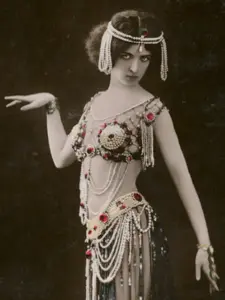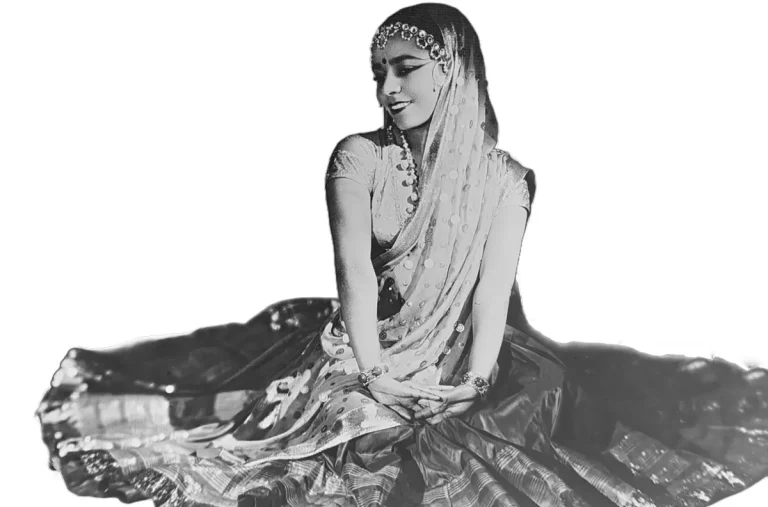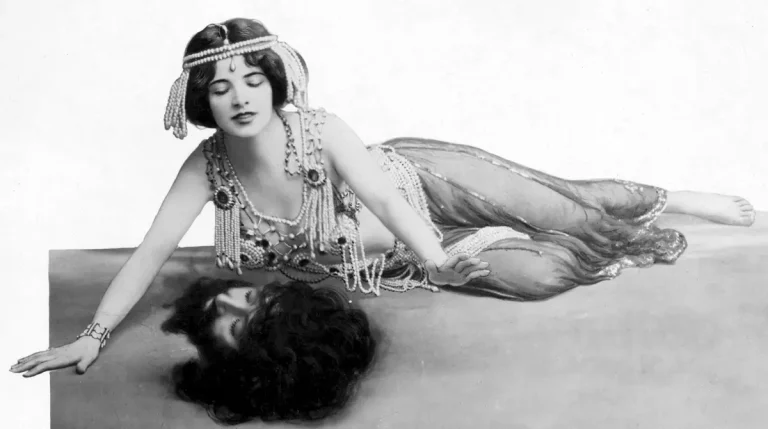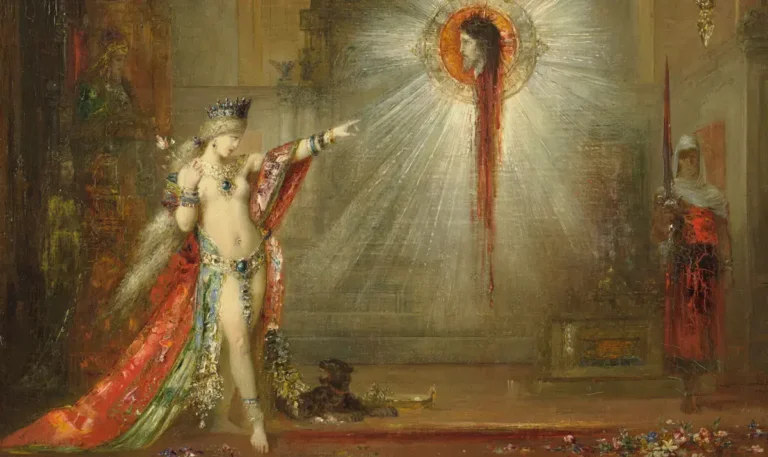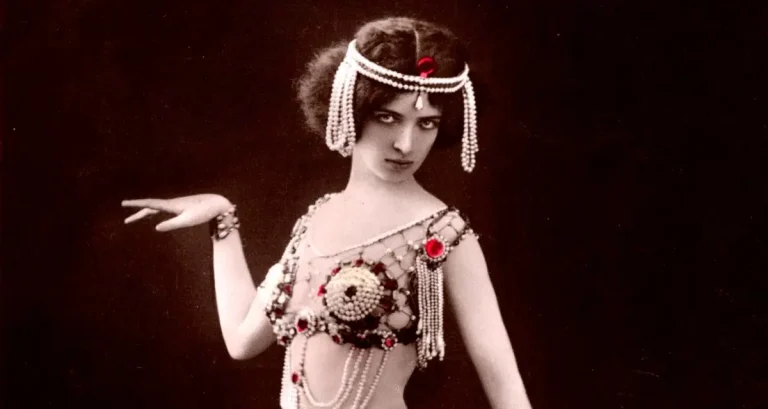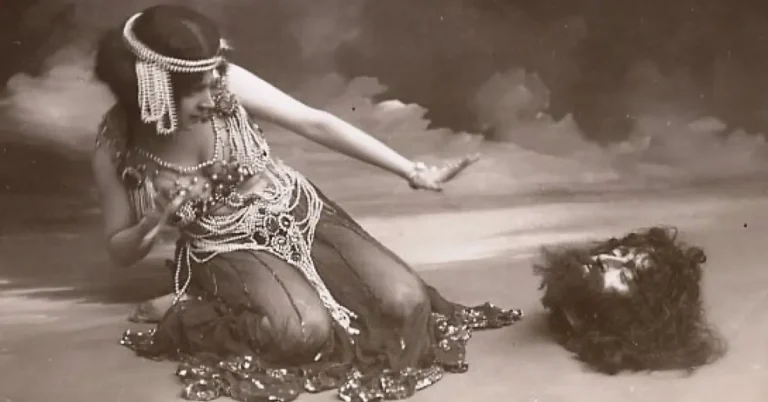Nyota Inyoka: Sensational Theatrical Dance and Artistic Performance
Nyota Inyoka (1896–1971), a French-born dancer and choreographer of European and possibly Indian or North African heritage, rose to prominence during a period when stylized fantasies of the East dominated Western stages. Nyota Inyoka Rediscovered Famous Female Dancer Falls into Obscurity Although widely acclaimed during the 1910s and 1920s for her striking performances and scholarly…

